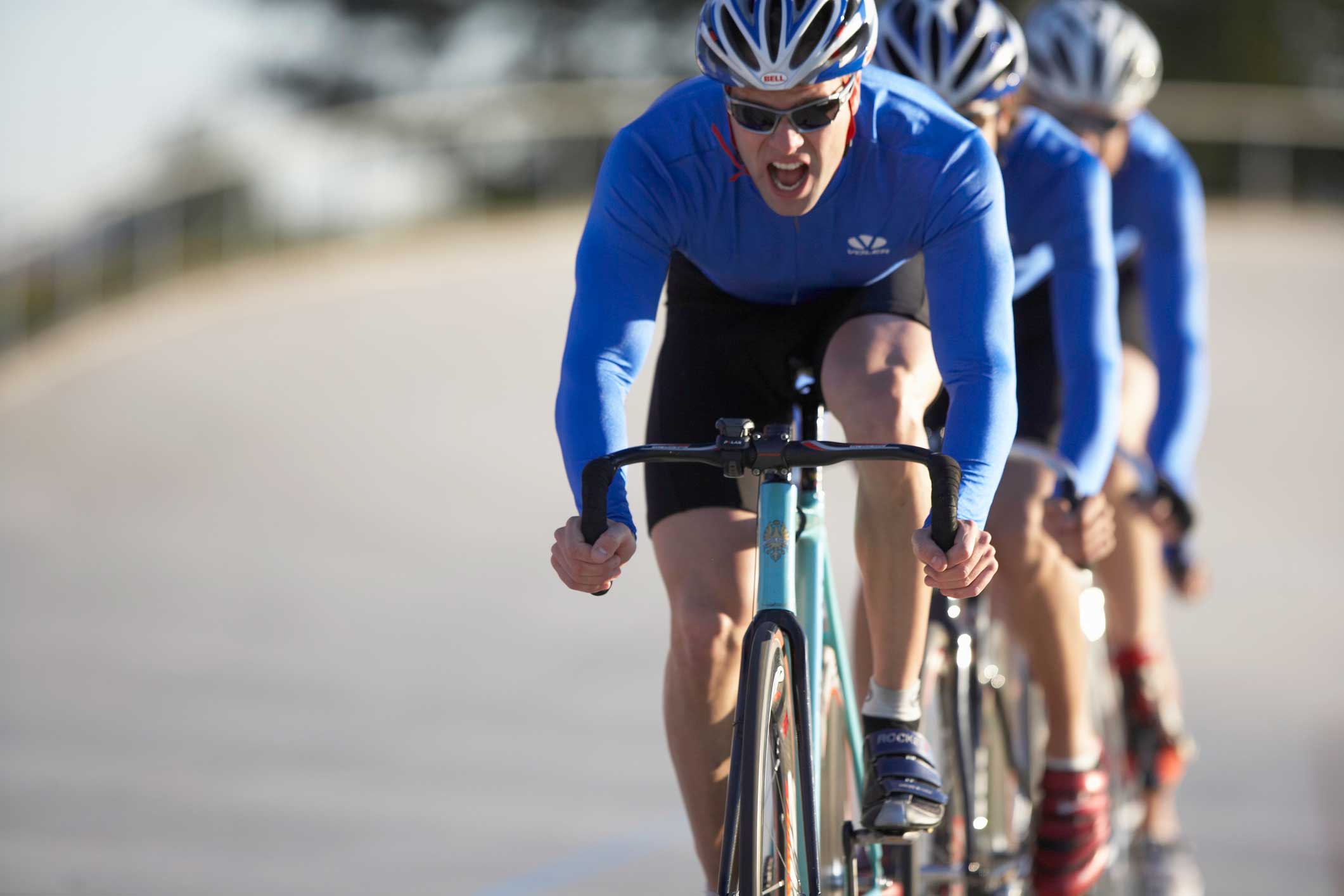<< Back
Study: Cycling Won’t Ruin a Man’s Sex Life

January 31, 2018
By Kevin Hunt
Some men fear that cycling, though good for their general health, could be bad for their sex life. A new study, however, contradicts previous reports that cycling, with its prolonged pressure on the buttocks and area between the scrotum and anus, could affect both erectile and urinary function.
Researchers at the University of California found comparable sexual and urinary health in a comparison study of cyclists with runners and swimmers. Yet they said “cyclists had statistically higher odds of urethral stricture [narrowing of the urethra] compared to swimmers/runners.”
“I would hesitate to draw the conclusion that cyclists have greater risk of urethral narrowing or stricture disease,” says Dr. Jared Bieniek, a urologist with Hartford HealthCare’s Tallwood Urology and Kidney Institute. “This study is a crude survey of possible urologic side effects of cycling. Further directed studies will be needed to delve into this possible connection. More reassuring is the lack of any increased reporting of sexual dysfunction for active cyclists.”
The study, published in the Journal of Urology, is the largest of its kind, with 2,774 cyclists, 789 runners and 539 swimmers from the United States, United Kingdom, Canada, Australia and New Zealand recruited through Facebook advertisements and sports clubs.
A narrow bicycle seat can reduce blood flow to the penis by up 66 percent, so cyclists were questioned about the type of bike, seat, saddle angle and whether they wore padded pants while cycling and time spent regularly riding out of the saddle.
Standing at least 20 percent of the time while cycling and a higher handlebar were associated with lower odds of genital sores and numbness, researchers said. Cyclists who adjusted handlebar height lower than saddle height increased the risk of genital numbness and saddle sores.
“I generally tell my active cycling patients to continue their regular physical activity,” says Dr. Bieniek. “If they are noticing genital numbness, they should increase standing while pedaling or adjust their saddle. With today’s obesity epidemic, though, I am more concerned about maintaining an overall healthy weight and improving metabolic factors to preserve sexual function. I enjoy cycling myself and it is a great way to stay active and healthy.”
Cyclists were grouped according to how much they rode their bike: “low intensity” for regular cyclists and “high intensity” for those who averaged more than 25 miles three days a week for at least two years. The high-intensity cyclists, the study found, had better overall erectile function scores than low-intensity cyclists.
“High-intensity cyclists will likely have even further vascular benefits over low-intensity cyclists,” says Dr. Bieniek, “possibly explaining the higher erectile function scores.”
Several studies in recent years associated cycling with sexual and urinary problems. In one, researchers from the National Institute for Occupational Safety and Health said the all 17 members of a bicycling police patrol unit in Cincinnati who averaged more than five hours each day on their bikes experienced genital numbness. Those who spent the most time on their bikes had the highest risk for erectile dysfunction. In a subsequent study, NIOSH found that patrol officers who used a no-nose saddle were less likely to report penile numbness than those who used a standard saddle.
“Effects of intermittent or prolonged genital numbness are unknown,” says Dr. Bieniek. “Cycling for long periods increases the chances of reduced blood flow and numbness and I recommend that men stand periodically or adjust the type or position of their saddle. Logic would argue that we try to keep as much blood flow to the penis as possible.”
Dr. Jared Bieniek is a urologist with Hartford HealthCare’s Tallwood Urology and Kidney Institute. For information on men’s health and sexual function, click here.